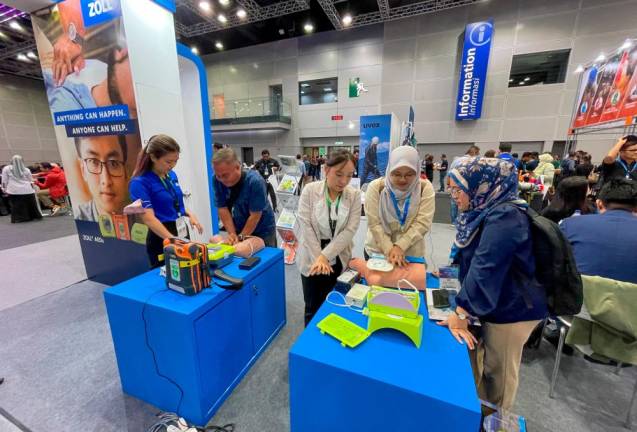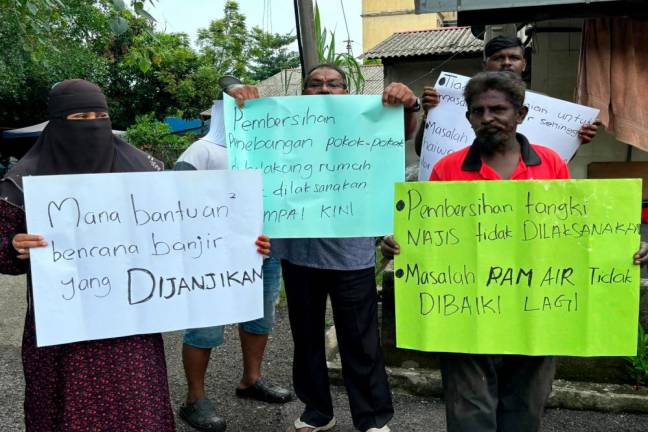PETALING JAYA: AmInvestment Bank has issued a negative revenue outlook caution for the National Fiberisation and Connectivity Plan (NFCP) players.
It said the government may again be looking at further broadband price cuts next year, which will negatively impact the average revenue per user (arpu) trajectory of broadband network owners such as TM and Time dotCom.
“However, the margin impact may be largely mitigated for third-party operators like Maxis, Axiata’s Celcom and Digi, who may be leasing TM’s fibre network at correspondingly lower rates,” AmInvestment Bank said in a report.
Under the 11th Malaysia Plan, gross national income (GNI) is expected to reach RM47,720 by 2020. An entry-level package amounting to 1% of GNI translates to only RM40/month. This is half of TM’s Unifi Basic currently priced at RM79/month for 60GB data versus Celcom’s RM80/month for 30Mbps, Maxis’ RM89/month for 30Mbps, Time dotCom’s RM99/month at 100Mbps and Digi’s RM99/month at 50Mbps. For further comparison, TM’s 2Q19 Unifi arpu average was higher at RM177/month.
AmInvestment Bank said given TM’s role as the national broadband provider, the group will likely bear up to half of the NFCP cost, which translates to RM2.2 billion over the next five years. Besides TM’s own capex requirements, the NFCP rollout alone translates to 19% of FY20 forecast revenue – already above management’s FY19 forecast capex target of 18% and 8% in 1HFY19.
Additionally, the thrust of the NFCP towards connecting the rural population could mean that revenue accretion from these investments will be minimal.
“The earnings impact to TM will snowball as its capex mounts up to 2025 as higher borrowing costs and depreciation charges will gradually erode the group’s earnings. Doubling TM’s annual capex of RM2 billion currently will slightly cut its net profit by 3% in FY20 but gradually worsen by 10% in FY21, 19% in FY22, 30% in FY23, 48% in FY24 and 49% in FY25 under a worst case scenario. Nevertheless, we highlight that part of the NFCP spending may already be included in TM’s existing capex programme.”
The research house said these costs exclude additional 5G spectrum fees and rollout capex. While 5G standards are expected to be finalised in April next year, these trials cover the usage of the 3.5GHz bandwidth and 22 millimetre wave lengths. 5G spectrum allocation has not been determined at this stage as it depends on the results of the trials, state of the ecosystem and device/equipment availability.
“While the Malaysian Communications and Multimedia Commission (MCMC) alluded to a fair price for the spectrum to facilitate the rollout of this vastly faster service, we expect these additional fees and capex, which could be up to 10 times 4G spending levels, to further raise the gearing levels of mobile operators,” it opined.
AmInvestment Bank maintained its neutral outlook on the sector given the escalating NFCP-driven capex requirements against the backdrop of government-targeted fiberised arpu reductions.
“Our only ‘buy’ currently is Axiata, given its low enterprise value/ebitda valuations and rising prospects for monetisation of its multiple businesses.”
NFCP’s five-year targets include entry-level fixed broadband packages at 1% of GNI by 2020; gigabits availability in selected industrial areas by 2020 and state capitals by 2023; 100% availability at a minimum speed of 500Mbps in state capitals and selected high-impact areas by 2021; 20% availability at up to 500Mbps in sub-urban and rural areas by 2022; fibre network coverage at 70% of schools, hospitals, libraries, police stations and post offices by 2022; average speeds of 30Mbps in 98% of populated areas by 2023; and improved mobile coverage along the Pan Borneo Highway upon completion.











